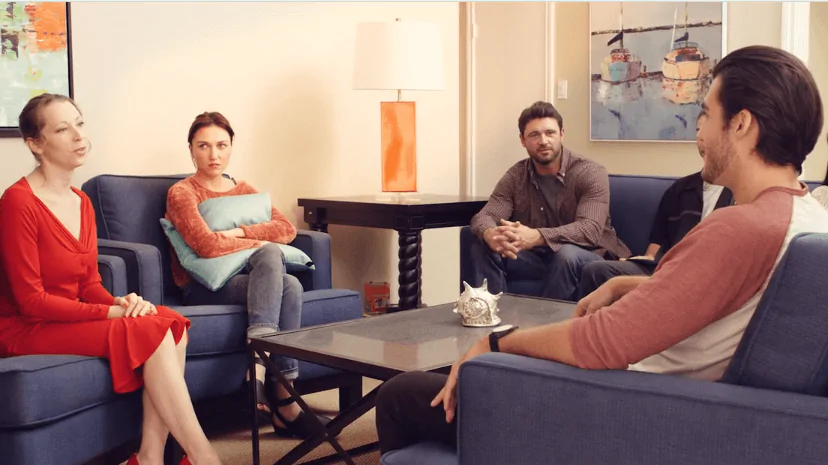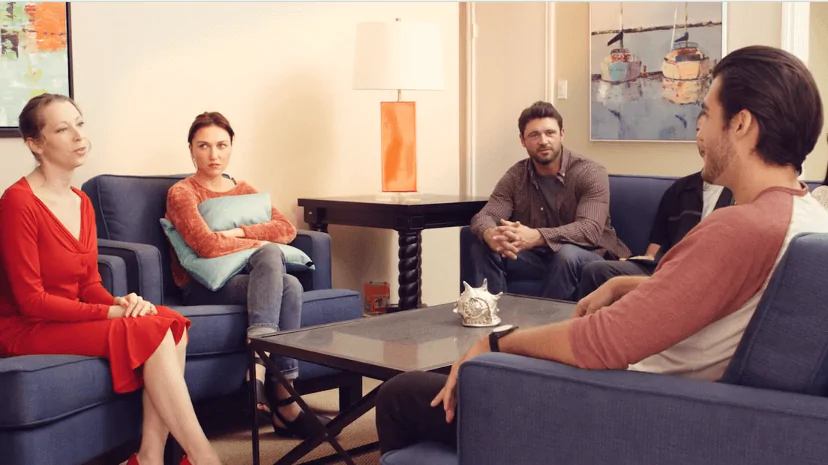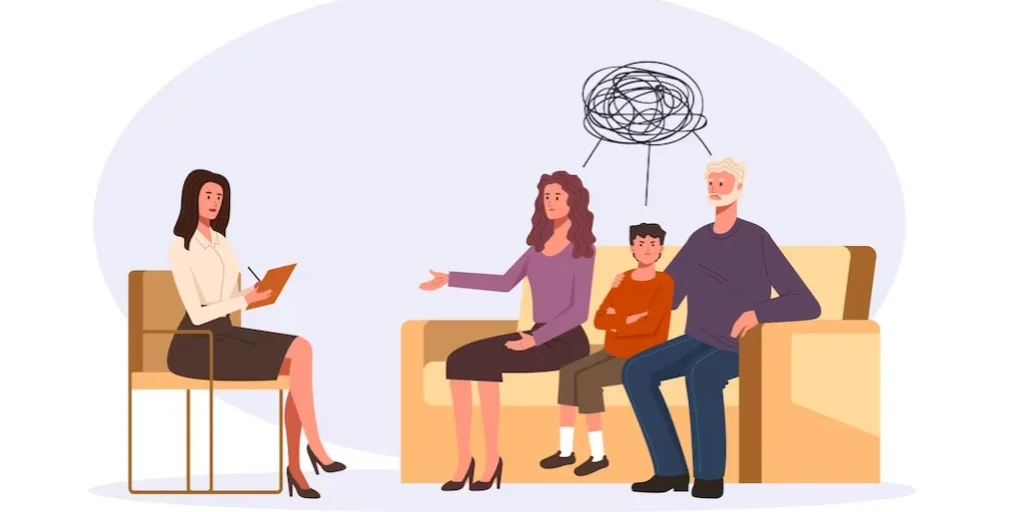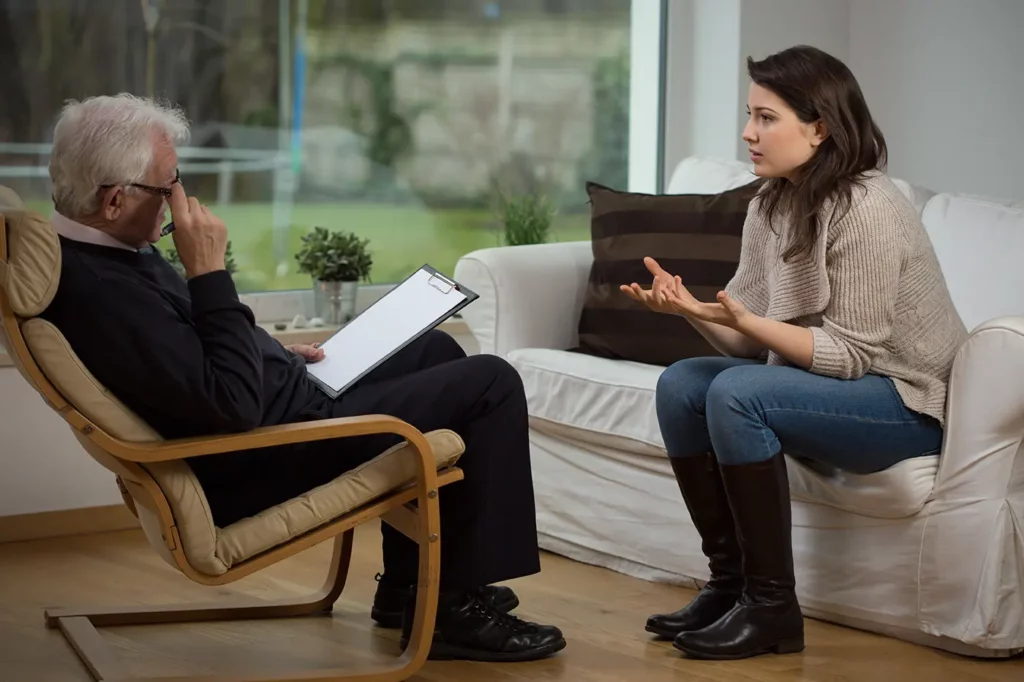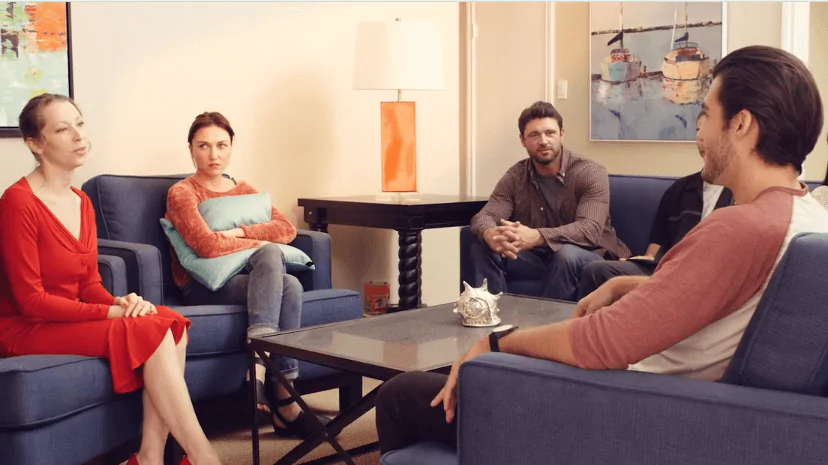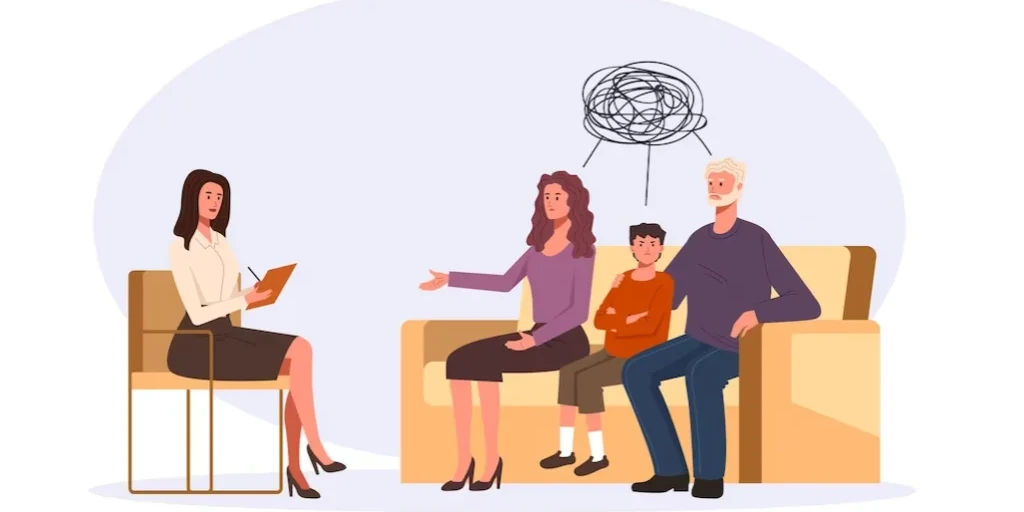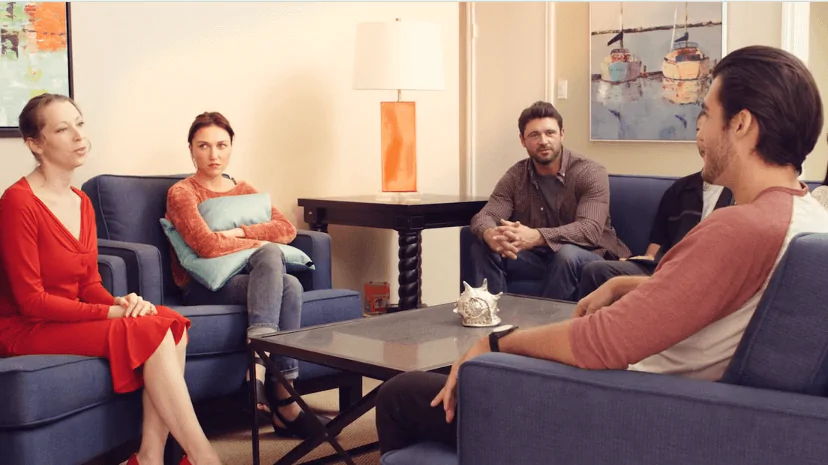24/7 Helpline:
(866) 899-221924/7 Helpline:
(866) 899-2219
Learn more about Valium Detox centers in Big Sur
Valium Detox in Other Cities

Other Insurance Options

BlueCross

GEHA

Amerigroup

Kaiser Permanente

Covered California

Group Health Incorporated

Evernorth

ComPsych

BlueShield

Oxford

Multiplan

Optima

Highmark

Choice Care Network

Self-pay options

Carleon

Health Net

AllWell

Optum

MVP Healthcare
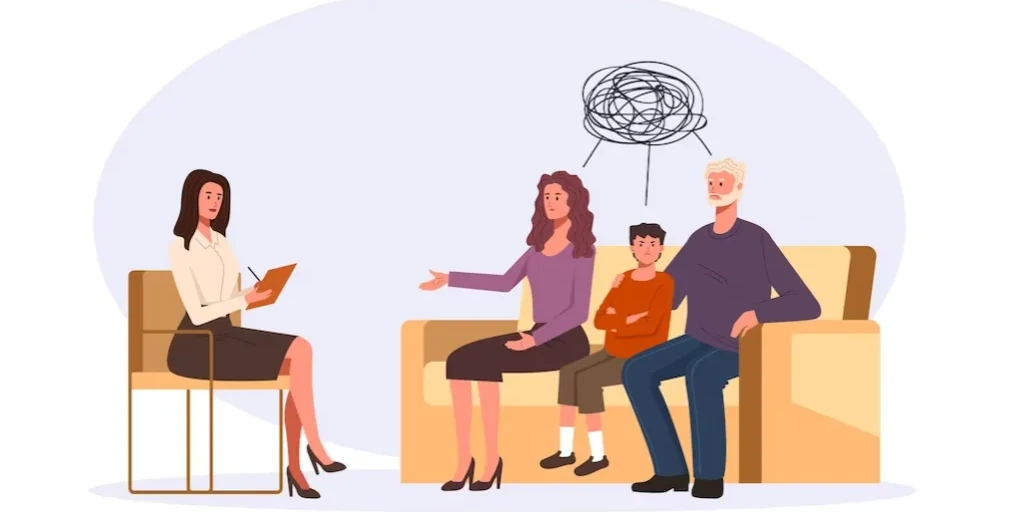







Valley Health Associates
Valley Health Associates is a rehab located in Salinas, CA. Valley Health Associates specializes in ...

Bridge House
Bridge House is a private rehab located in Monterey, California. Bridge House specializes in the tre...

Monterey County Behavioral Health Services – Adult
Monterey County Behavioral Health Services – Adult is a public rehab located in Salinas, California....

Door To Hope
Door To Hope offers outpatient and inpatient treatment for women with alcohol and/or substance addic...

Door To Hope – California Street
Door To Hope – California Street is a private rehab located in Salinas, California. Door To Hope – C...
Beacon House – Pine Avenue
Beacon House - Pine Avenue offers inpatient and outpatient services for individuals with substance a...

Genesis House
Genesis House offers inpatient treatment for individuals with alcohol and/or substance addiction. Th...

Door To Hope – The Door
Door To Hope – The Door is a non-profit rehab located in Salinas, California. Door To Hope – The Doo...

Sun Street Centers – Men’s Residential Program
Sun Street Centers, located in Salinas, California, is an addiction treatment provider for men with ...
Beacon House – Lighthouse Avenue
Beacon House - Lighthouse Avenue offers outpatient services for individuals with substance addiction...

Alsana
Alsana is a private rehab located in Monterey, California. Alsana specializes in the treatment of Me...

Sun Street Center – Peach Drive
Sun Street Centers - Peach Drive offers outpatient treatment for individuals with alcohol and/or sub...

Emerald Neuro-Recover
The Emerald Neuro Recover drug rehab center provides general medicine alongside extensive addiction ...

Gallahue Mental Health Services
Gallahue Mental Health Services is a private rehab located in Greenfield, Indiana. Gallahue Mental H...

Power House
Power House is a private rehab located in Gonzales, Louisiana. Power House specializes in the treatm...

Clinical and Support Options
Clinical and Support Options is a private rehab located in Greenfield, Massachusetts. Clinical and S...

Recover Project
Recover Project is a non-profit rehab located in Greenfield, Massachusetts. Recover Project speciali...

Arms Acres – Outpatient
Arms Acres – Outpatient is a private rehab located in Carmel, New York. Arms Acres – Outpatient spec...

The Prevention Council of Putnam
The Prevention Council of Putnam is a non-profit rehab located in Carmel, New York. The Prevention C...

Awakenings by the Sea
Awakenings by the Sea offers inpatient and outpatient services for women with substance addiction an...
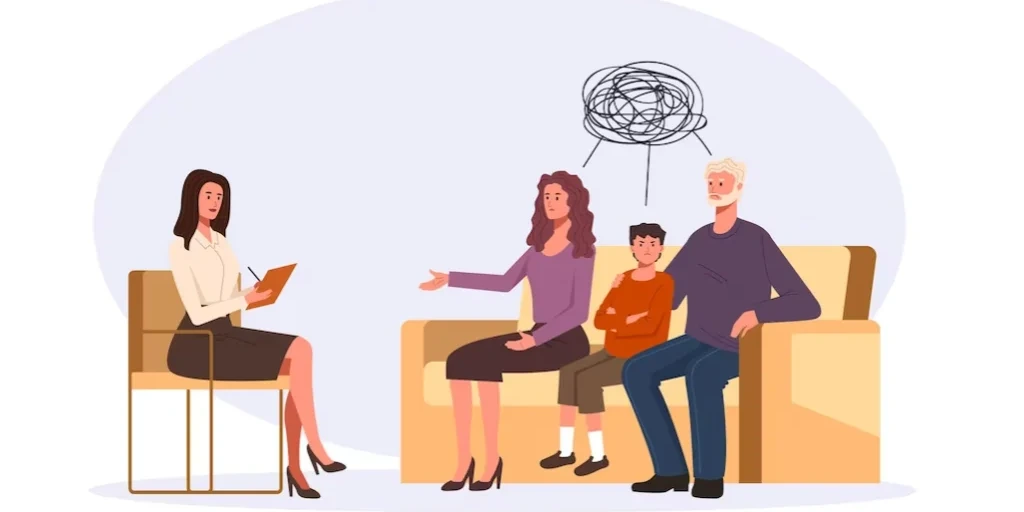
Eternal Awakenings – Faith Based
Eternal Awakenings – Faith Based is a private rehab located in Gonzales, Texas. Eternal Awakenings –...


























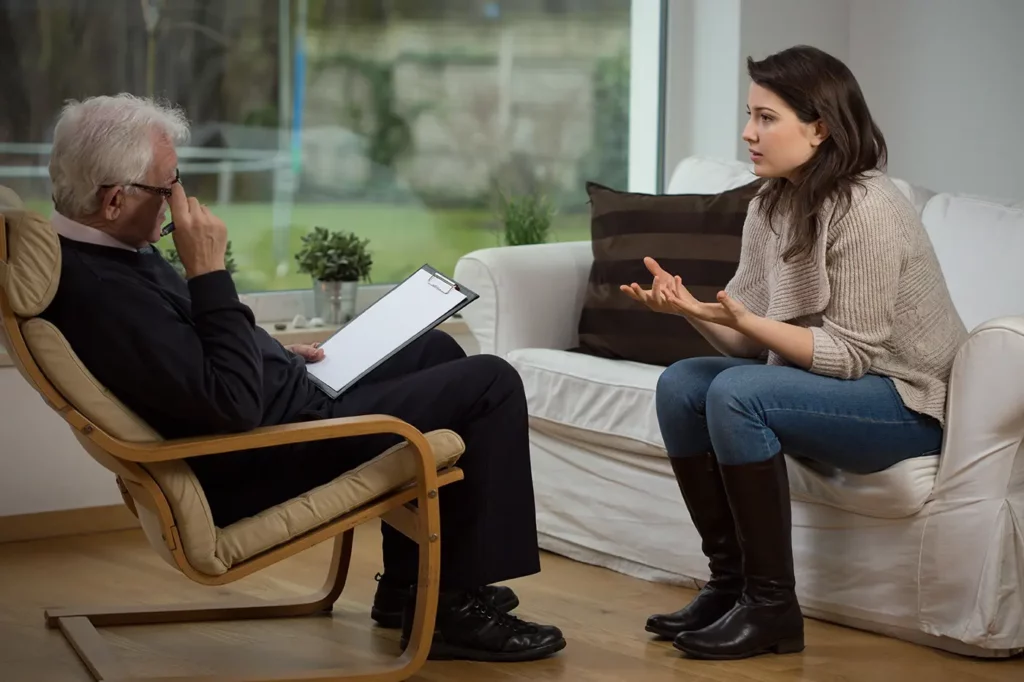








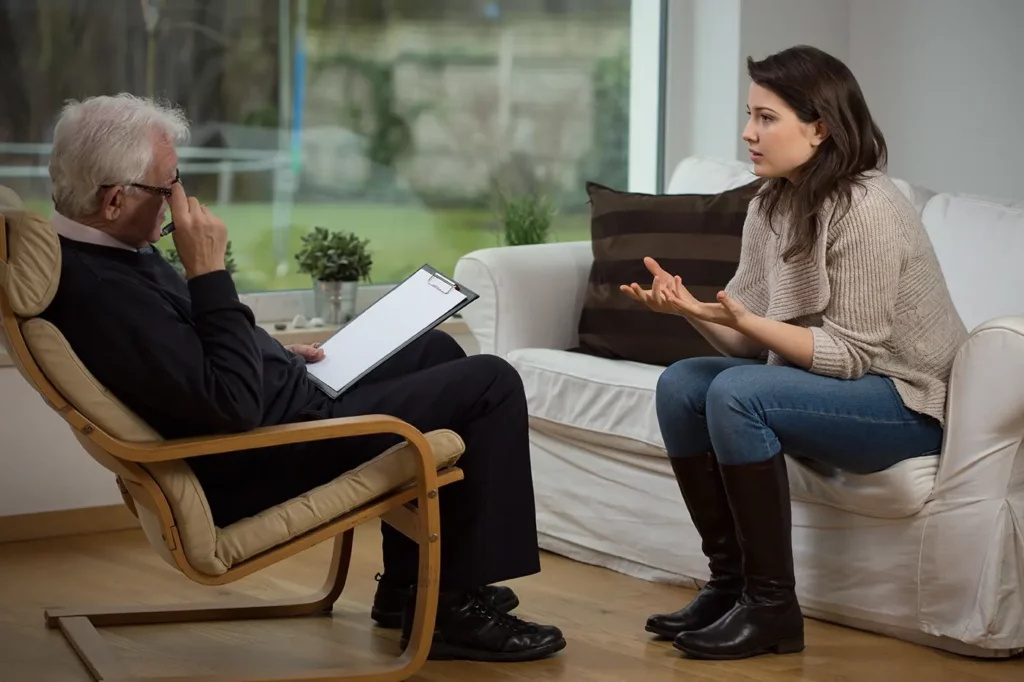



















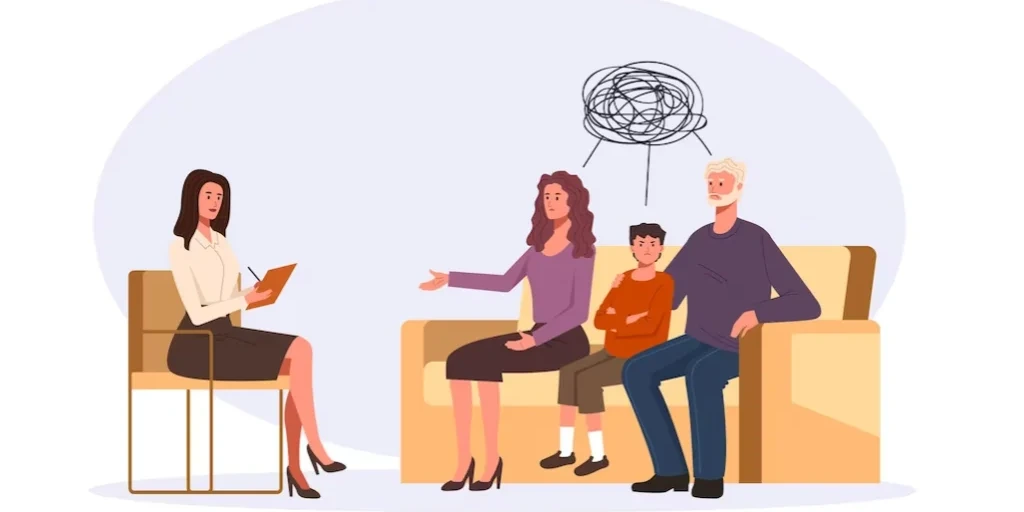



























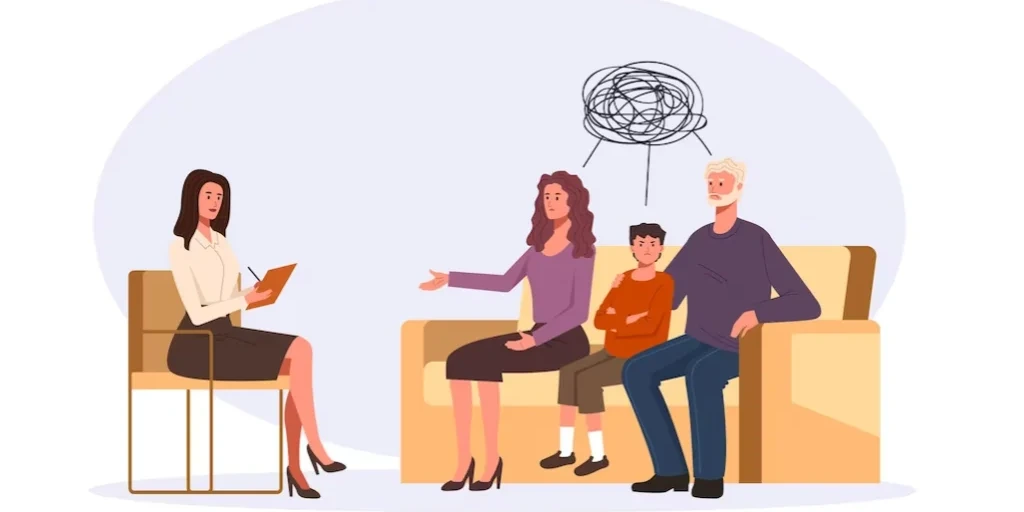






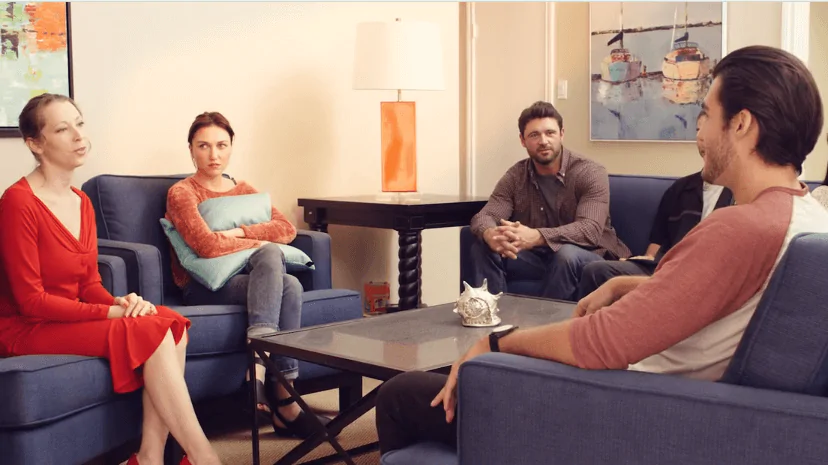




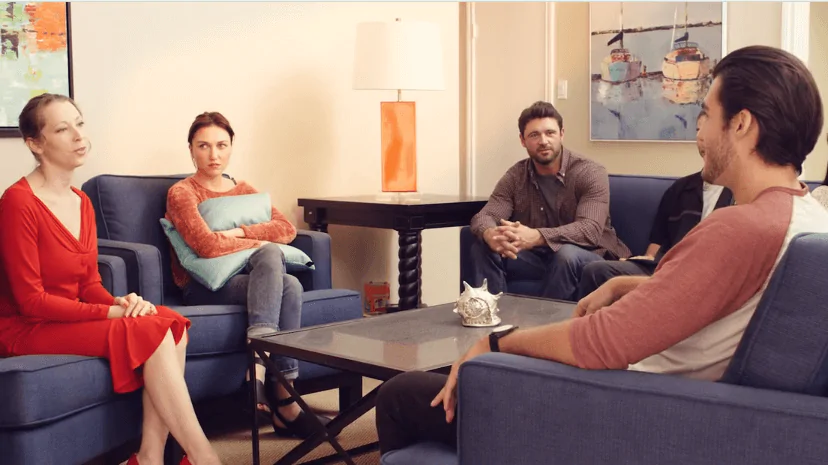









ASI Counseling and Pro Services
ASI Counseling and Pro Services is a private rehab located in Salinas, California. ASI Counseling an...

Alano Club
Alano Club is a non-profit rehab located in Salinas, California. Alano Club specializes in the treat...

EMQ FamiliesFirst
EMQ FamiliesFirst is a private rehab located in Salinas, California. EMQ FamiliesFirst specializes i...

AA – Alcoholics Anonymous
Alcoholics Anonymous (AA) - Gabilan Street is an international fellowship of men and women who have ...

Monterey County Behavioral Health Services – Childrens Services
Monterey County Behavioral Health Services – Childrens Services is a public rehab located in Salinas...

Grupo Resurreccion
Grupo Resurreccion is a private rehab located in Seaside, California. Grupo Resurreccion specializes...

Harmony Place
Harmony Place is an outpatient program dedicated to provide services for those individuals who are s...

Al – Anon and Al – Ateen
Al – Anon and Al – Ateen is a non-profit rehab located in Pacific Grove, California. Al – Anon and A...

AA – Alcoholics Anonymous – Central Hispana
AA – Alcoholics Anonymous – Central Hispana is a non-profit rehab located in Salinas, California. AA...

Monterey County Behavioral Health
Monterey County Behavioral Health is a public rehab located in King City, California. Monterey Count...

Sun Street Center – Central Avenue
Sun Street Center – Central Avenue is a private rehab located in Salinas, California. Sun Street Cen...

Sun Street Center
Sun Street Center is a private rehab located in Salinas, California. Sun Street Center specializes i...

CHS – Community Human Services – Outpatient Treatment Center
Community Human Services (CHS) offers outpatient treatment for individuals with alcohol and/or subst...

Sun Street Centers – Fremont Boulevard
Sun Street Centers - Fremont Boulevard offers outpatient treatment for individuals with alcohol and/...

CHS – Community Human Services
Community Human Services (CHS) offers outpatient treatment for individuals with alcohol and/or subst...

Phoenix Associates
Phoenix Associates is a private rehab located in Greenfield, Indiana. Phoenix Associates specializes...

Families First – Greenfield
Families First – Greenfield is a private rehab located in Greenfield, Indiana. Families First – Gree...

Proactive – Berg Counseling
Proactive – Berg Counseling is a private rehab located in Carmel, Indiana. Proactive – Berg Counseli...

Parish of Ascension Counseling
Parish of Ascension Counseling is a public rehab located in Gonzales, Louisiana. Parish of Ascension...

Gonzales Mental Health Center
Gonzales Mental Health Center is an outpatient facility that offers treatment for individuals with a...

Saint James Behavioral Health Hospital
The Saint James Behavioral Health Hospital provides individualized behavioral health services to adu...

Honor Court
Honor Court is a private rehab located in Greenfield, Massachusetts. Honor Court specializes in the ...
ServiceNet – Beacon House for Women
ServiceNet - Beacon House for Women is a recovery house that offers help for adult women in the earl...

ServiceNet
ServiceNet is an outpatient clinic that provides treatment for mental health and/or substance abuse ...

Grapevine
Grapevine is a private rehab located in Greenfield, Massachusetts. Grapevine specializes in the trea...

Al – Anon
Al – Anon is a non-profit rehab located in Greenfield, Massachusetts. Al – Anon specializes in the t...

Two Rivers Recovery Center for Women
Two Rivers Recovery Center for Women, in Greenfield, Massachusetts, is a 12 step focused inpatient d...

CHD Outpatient Behavorial Health Services
CHD Outpatient Behavorial Health Services is a private rehab located in Greenfield, Massachusetts. C...
ServiceNet – Beacon House for Men
ServiceNet - Beacon House for Men is a recovery house that offers help for adult men in the early st...

Behavioral Health Network – The Northern Hope Center & The Franklin Recovery Center
Behavioral Health Network - The Northern Hope Center & The Franklin Recovery Center offers Addiction...
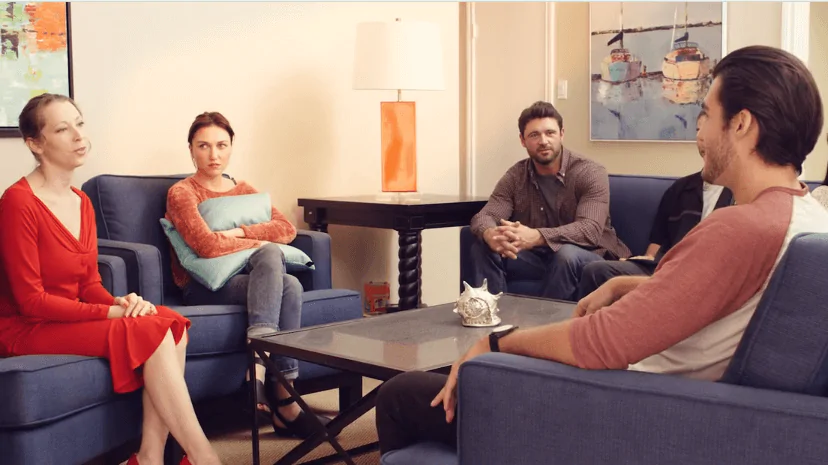
Putnam Family Services – Personalized Recovery Oriented Services
Putnam Family Services – Personalized Recovery Oriented Services is a private rehab located in Carme...

CoveCare Center formerly PFCS Mental Health Clinic
CoveCare Center formerly PFCS Mental Health Clinic is a private rehab located in Carmel, New York. C...

National Council on Alcoholism and Drug Dependence
National Council on Alcoholism and Drug Dependence - 1717 Route 6 offers outpatient treatment for in...
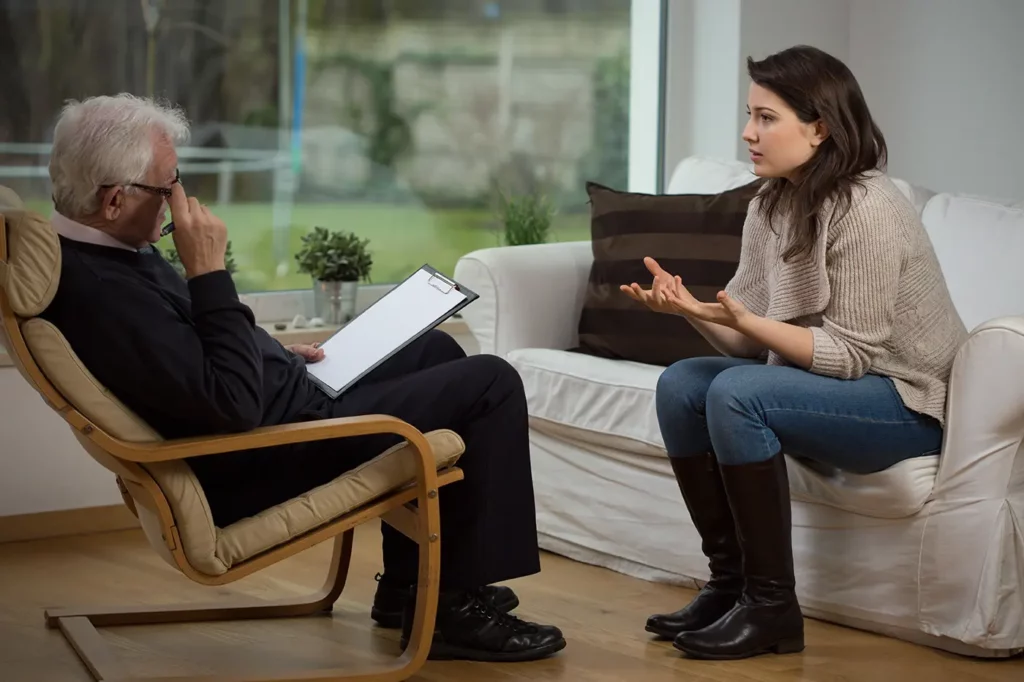
Arms Acres – Inpatient
Arms Acres is a private substance abuse rehab facility that provides recovery care for patients with...

Putnam Hospital Center – Mental Health Services
Putnam Hospital Center – Mental Health Services is a private rehab located in Carmel, New York. Putn...

Scioto Paint Valley Mental Health Center
Scioto Paint Valley Mental Health Center provides help for drug addiction, alcoholism, and a variety...

Clatsop Behavioral Healthcare
Clatsop Behavioral Healthcare is a private rehab located in Seaside, Oregon. Clatsop Behavioral Heal...

Bluebonnet Trails Community Mental Health
Bluebonnet Trails Community Mental Health is a private rehab located in Gonzales, Texas. Bluebonnet ...

Serenity Recovery Clinic
Serenity Recovery Clinic is a private rehab located in Greenfield, Wisconsin. Serenity Recovery Clin...

Landmark Recovery of Milwaukee
Landmark Recovery of Milwaukee is a private rehab located in Greenfield, Wisconsin. Landmark Recover...













